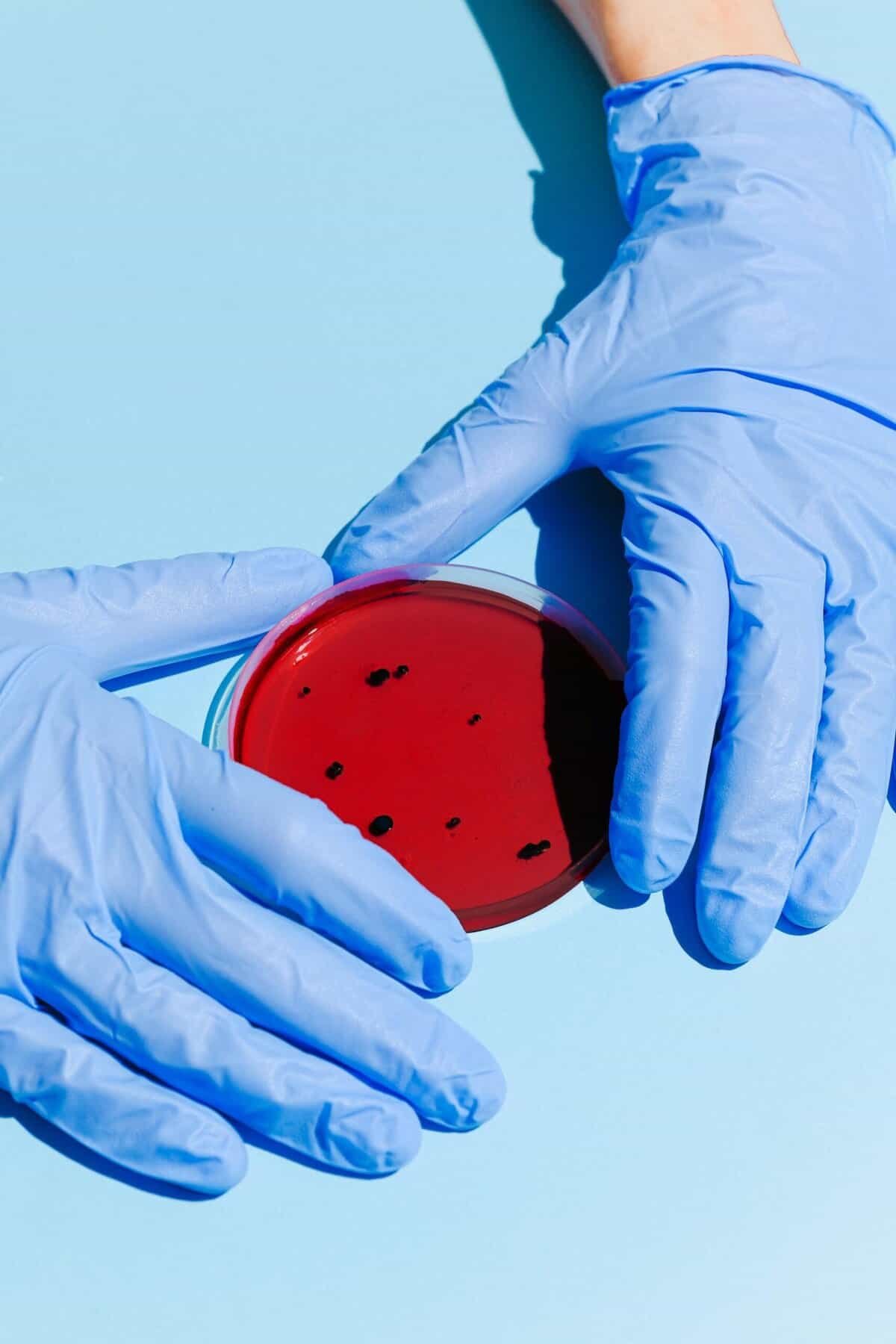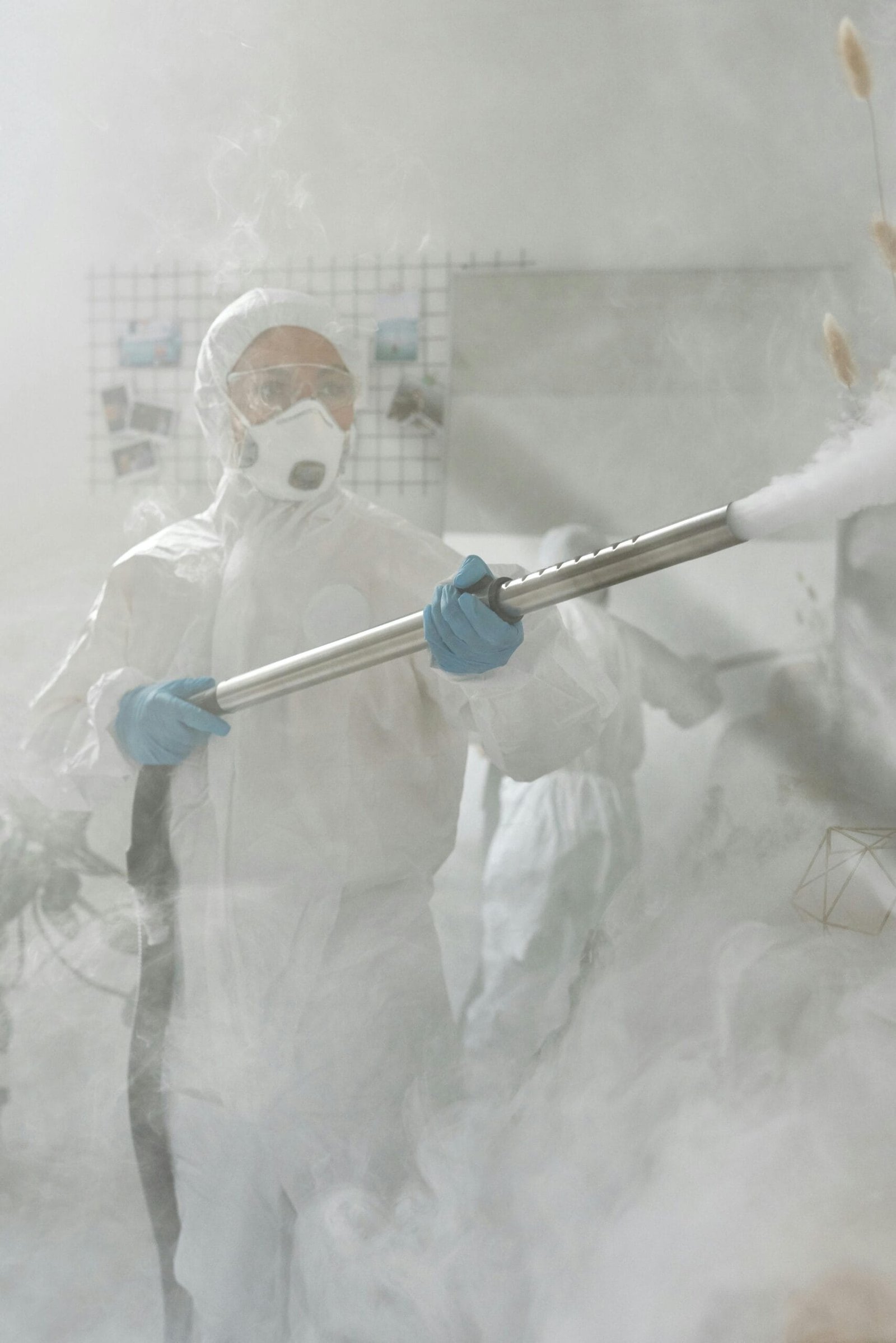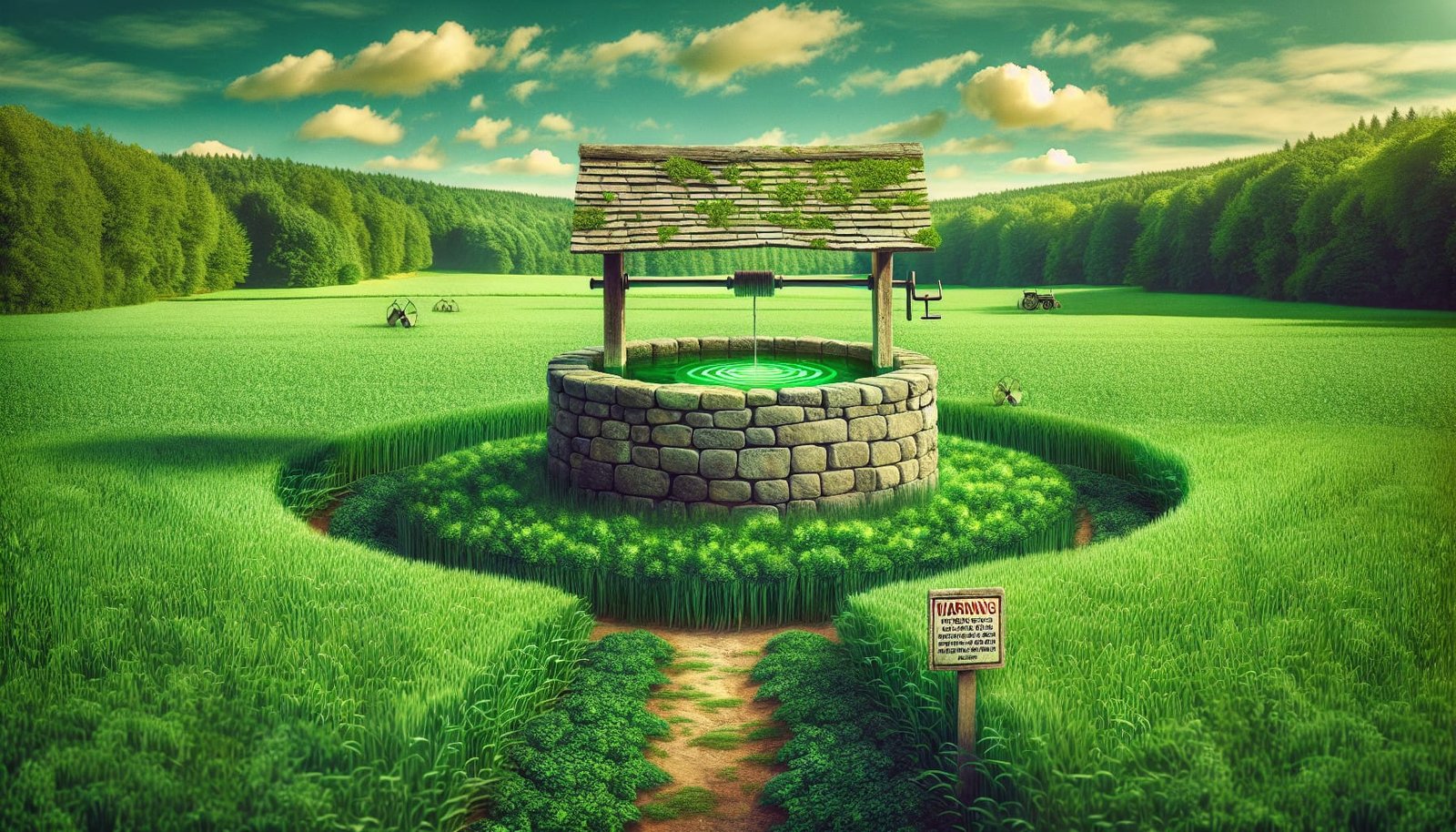Have you ever wondered about the journey pesticides take from agricultural fields to your well water? Understanding how pesticides contaminate well water can help you make informed decisions about your drinking water safety. Let’s explore this vital topic in detail.

Understanding Pesticide Use
Pesticides are substances used to prevent, destroy, or control pests. They are widely used in agriculture to protect crops from insects, weeds, and diseases. While they serve an essential role in food production, pesticides can also pose significant risks to the environment and human health.
Types of Pesticides
There are several types of pesticides, each designed for specific pests:
- Insecticides target insects and arachnids.
- Herbicides are used against unwanted plants and weeds.
- Fungicides control fungal problems.
- Rodenticides manage rodents.
Understanding these types helps us appreciate how diverse the usage of pesticides can be and why they might end up in groundwater supplies.
Pesticide Application Methods
Pesticides can be applied through various methods, like spraying, dusting, or even as granular applications. The method used can influence how pesticides move through the environment. For example, spraying pesticides might lead to more significant atmospheric dispersion, whereas granular applications might result in more direct soil contamination.
The Pathway to Contamination
For pesticides to contaminate well water, they must move from their application site to the groundwater. This journey involves several stages and processes.
Leaching Process
Leaching is a critical process in which pesticides move downward through the soil, eventually reaching the water table. The extent to which leaching occurs depends on various factors, including the pesticide’s chemical properties (such as solubility and persistence), soil characteristics, and climatic conditions.
Surface Runoff
Surface runoff can also transport pesticides to well water sources. This occurs when rainfall or irrigation water flows over the land surface, picking up pesticides and carrying them to nearby water bodies or directly into the ground where it can percolate down to the aquifer.
Soil Characteristics
The type of soil can significantly impact how pesticides move towards well water. Sandy soils, for example, are more prone to leaching due to their larger particle size and reduced capacity to retain water compared to clay soils. Organic matter within the soil also plays a role, as it can bind to pesticides and reduce their mobility.
Weather Conditions
Climate and weather conditions are crucial in determining how pesticides move through the environment. High rainfall can increase the rate of leaching and surface runoff, while arid conditions might reduce pesticide movement but increase their concentration in the soil.
Factors Affecting Pesticide Contamination
Several factors determine the likelihood and extent of pesticide contamination in well water.
Pesticide Properties
Different pesticides have unique chemical characteristics that influence their behavior in the environment. Key properties include solubility in water, persistence or half-life, and volatility. Highly soluble pesticides might leach more easily into groundwater, whereas persistent pesticides remain active in the environment for extended periods.
Well Location and Construction
The location and construction of your well can significantly influence its vulnerability to contamination. Wells located near agricultural fields or on slopes leading down from treated areas are at higher risk of contamination. Proper well construction, including sealed and grouted casing, can help protect against surface water infiltration.
Agricultural Practices
The practices surrounding pesticide application, such as the timing, method, and frequency, play a crucial role in contamination risks. Integrated pest management techniques, including the use of barriers or buffer strips, can minimize the likelihood of pesticides reaching well water.
Regulatory Measures
Different regions have varying regulations concerning pesticide use and environmental protection. Understanding and adhering to these regulations can reduce contamination risks. These regulations may include restrictions on specific pesticide types, mandatory buffer zones, and rules on application timing.
Detection and Testing
If you’re concerned about potential pesticide contamination in your well water, testing is a crucial step to take.
Importance of Testing Well Water
Regular testing of well water can assure you that the water you consume is safe. It helps identify the presence of pesticides and other pollutants, allowing you to take timely action to address any issues.
Testing Methods
There are various testing methods available for detecting pesticides in well water. Specialized laboratories can conduct tests that accurately identify and quantify the presence of different pesticides. Rapid test kits are also available for preliminary assessments.
| Testing Method | Description | Pros | Cons |
|---|---|---|---|
| Laboratory Testing | Comprehensive analysis in a certified lab | Accurate and reliable | More expensive and time-consuming |
| DIY Test Kits | Basic testing tools available for home use | Quick and convenient | Less accurate and limited detection scope |
Frequency of Testing
The frequency of testing depends on several factors, such as local agricultural activities and any known contamination incidents. Generally, testing well water annually or biennially is recommended, but more frequent testing is advisable if you’re in a high-risk area.

Mitigation and Prevention
Preventing and mitigating pesticide contamination requires a proactive approach focusing on best practices and awareness.
Best Practices for Well Maintenance
- Sealing and Grouting: Ensure that your well is properly sealed and grouted to prevent surface water infiltration.
- Location Considerations: Avoid locating wells near potential contamination sources, like agricultural fields or chemical storage areas.
Agricultural Effects on Well Water Safety
Good agricultural practices can minimize the risk of pesticide leaching into well water. Implementing crop rotation, responsible pesticide application strategies, and integrated pest management can significantly reduce contamination risks.
Buffer Zones and Barriers
Buffer zones, which are untreated strips of land between agricultural areas and water sources, can substantially reduce pesticide mobility. Planting vegetative barriers can also help filter and absorb pesticides, preventing them from reaching your well water.
Alternative Pest Control Methods
Exploring and utilizing alternative pest control methods can reduce reliance on chemical pesticides. These alternatives include biological control agents, organic pesticides, and mechanical removal.
Regulatory Framework
Understanding the regulatory landscape around pesticide use can help you ensure compliance and adopt safer practices.
Overview of Regulations
Various government bodies and organizations draft and enforce regulations regarding pesticide application and water safety. Familiarizing yourself with these regulations can assist in making informed decisions about pesticide use.
| Regulatory Body | Role | Region |
|---|---|---|
| Environmental Protection Agency (EPA) | Establishes standards and guidelines for pesticide use and water safety | United States |
| European Environment Agency (EEA) | Monitors environmental regulations and pesticide usage across Europe | European Union |
| Local Government Agencies | Create specific regulations that might apply to regional conditions | Various regions |
Staying Informed
Keeping up-to-date with regulatory changes and advances in pesticide safety is crucial. Subscribing to relevant newsletters and participating in community forums can help you stay informed about current regulations and best practices.

Consequences of Contamination
Understanding the potential consequences of well water contamination can emphasize the importance of taking preventive measures.
Health Impacts
Pesticide contamination in drinking water can lead to various health issues:
- Acute Effects: Short-term exposure can result in symptoms like headaches, dizziness, nausea, and skin irritation.
- Chronic Effects: Long-term exposure may lead to more severe health problems, including cancer, reproductive issues, and endocrine disruption.
Environmental Impact
Beyond health, pesticide contamination can have broader environmental effects:
- Affects aquatic ecosystems by altering habitats and harming aquatic life.
- Disrupts soil health, reducing agricultural productivity over time.
Economic Consequences
Dealing with contamination can be costly. Expenses may include medical bills, water treatment systems, and loss in property value. Long-term environmental damage might also lead to reduced agricultural productivity and associated economic losses.
Taking Action
If you suspect contamination or want to reduce the risk, there are several steps you can take toward safer well water.
Immediate Steps
- Conduct Testing: Verify the presence and levels of pesticides in your well water.
- Install Treatment Systems: Consider water treatment solutions like activated carbon filters or reverse osmosis systems to remove contaminants.
Long-Term Solutions
- Advocate for Change: Engage with local authorities and community groups to promote policies favoring sustainable agricultural practices and robust well protection measures.
- Educate and Inform: Share your knowledge about the importance of preventing pesticide contamination in community settings, increasing awareness and collective action.
In conclusion, while pesticides are essential for agricultural productivity, they can pose significant risks to well water quality if not managed correctly. By understanding the pathways and risks of contamination, adopting best practices, and pursuing regular testing and mitigation measures, you can protect your well water from these threats. Remember, keeping your drinking water safe is not just about one-off actions; it’s about ongoing commitment and awareness.


